-
×
 Layer 2 Switching & VLAN's for Cisco CCNA By Lazaro Diaz
1 × $6.00
Layer 2 Switching & VLAN's for Cisco CCNA By Lazaro Diaz
1 × $6.00 -
×
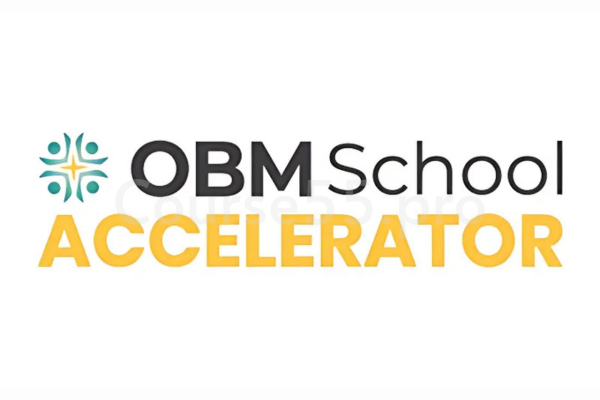 OBM School Accelerator By OBM School
1 × $419.00
OBM School Accelerator By OBM School
1 × $419.00 -
×
 Demartini Method Training Program AUS Aug 2020 (Videos Only) By John Demartini
1 × $311.00
Demartini Method Training Program AUS Aug 2020 (Videos Only) By John Demartini
1 × $311.00 -
×
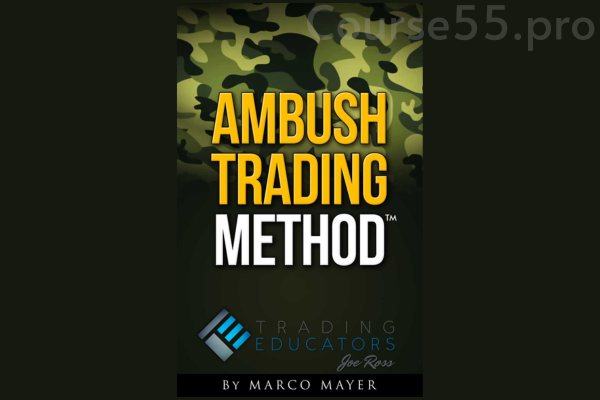 Ambush Trading Method (EBOOK) BY MARCO MAYER - Trading Educators
1 × $256.00
Ambush Trading Method (EBOOK) BY MARCO MAYER - Trading Educators
1 × $256.00 -
×
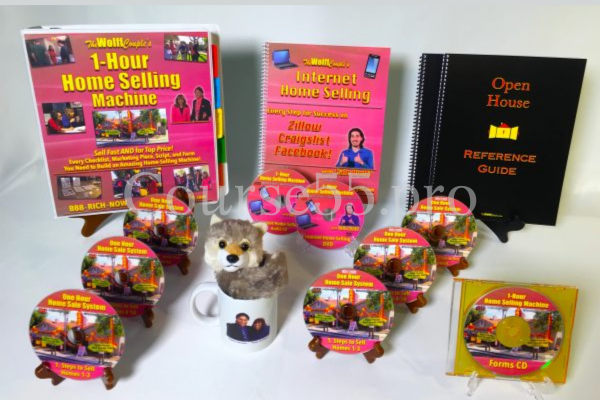 1-Hour Home Selling Machine By The Wolff Couple
1 × $101.00
1-Hour Home Selling Machine By The Wolff Couple
1 × $101.00 -
×
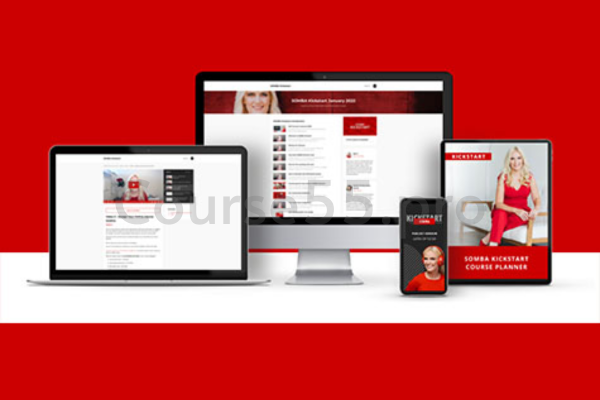 Sales Every Day April 2022 By Sigrun
1 × $385.00
Sales Every Day April 2022 By Sigrun
1 × $385.00 -
×
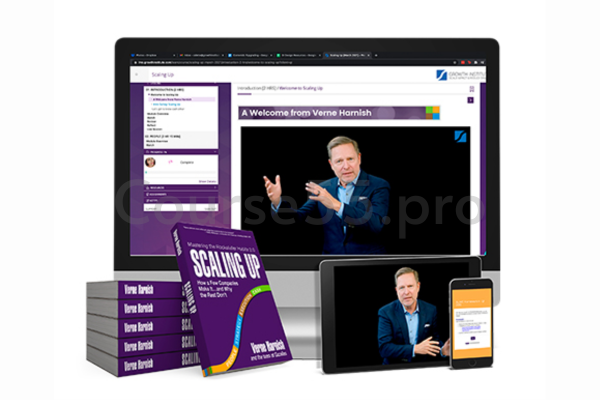 Scaling Up Master Business Course 2022 By Verne Harnish
1 × $389.00
Scaling Up Master Business Course 2022 By Verne Harnish
1 × $389.00 -
×
 Momentum Options Trading Course By Eric Jellerson
1 × $272.00
Momentum Options Trading Course By Eric Jellerson
1 × $272.00 -
×
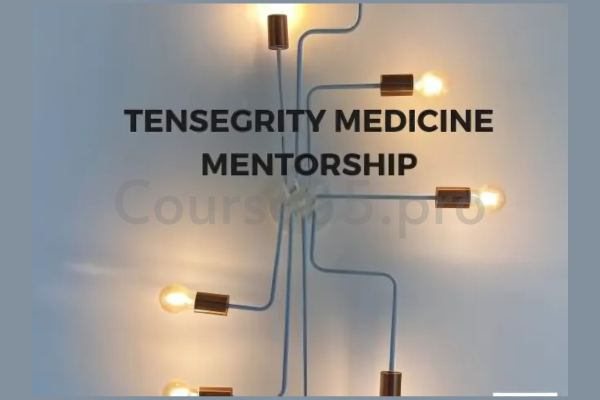 Tensegrity Medicine Mentorship Online - Level One Online Training By Kelly A Clancy
1 × $311.00
Tensegrity Medicine Mentorship Online - Level One Online Training By Kelly A Clancy
1 × $311.00 -
×
 THE FULL PACKAGE! 8 COURSES By InTheMoneyStocks
1 × $443.00
THE FULL PACKAGE! 8 COURSES By InTheMoneyStocks
1 × $443.00 -
×
 Hey U Human - 23 Courses Bundle By Sara Longoria
1 × $389.00
Hey U Human - 23 Courses Bundle By Sara Longoria
1 × $389.00 -
×
 Hiring and Training Your Own Acquisitionist By The Wolff Couple
1 × $62.00
Hiring and Training Your Own Acquisitionist By The Wolff Couple
1 × $62.00 -
×
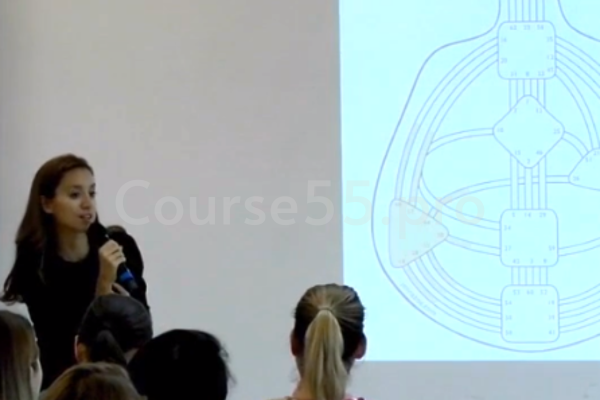 Level 1 & 2 Reader Training By Jenna Zoev
1 × $233.00
Level 1 & 2 Reader Training By Jenna Zoev
1 × $233.00 -
×
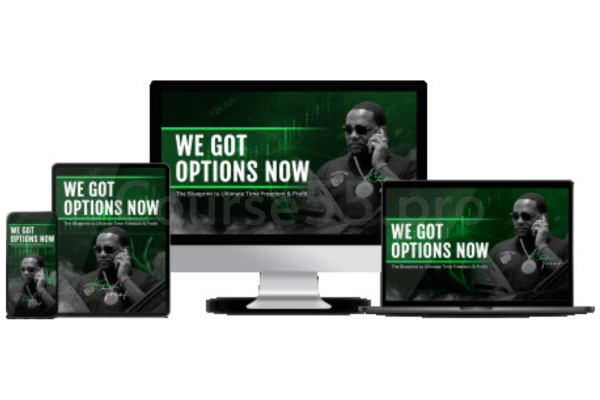 We Got Options Now Course By Kevin Frink
1 × $233.00
We Got Options Now Course By Kevin Frink
1 × $233.00 -
×
 Eradicate ALL Causes of Anxiety (Advanced Version) By Spirituality Zone
1 × $8.00
Eradicate ALL Causes of Anxiety (Advanced Version) By Spirituality Zone
1 × $8.00 -
×
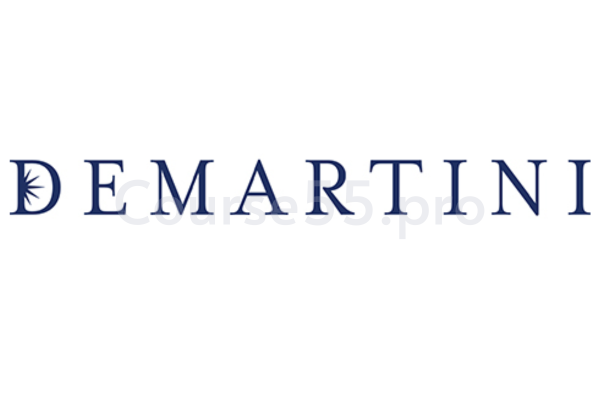 Online - Master Planning for Life USA Aug 2020 By John Demartini (Videos Only)
1 × $233.00
Online - Master Planning for Life USA Aug 2020 By John Demartini (Videos Only)
1 × $233.00 -
×
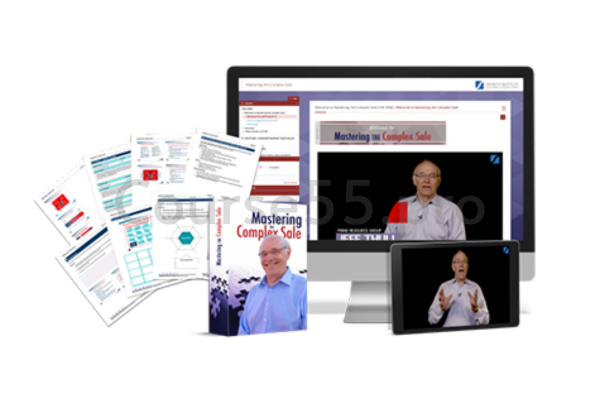 Mastering the Complex Sale 2021 By Jeff Thull
1 × $389.00
Mastering the Complex Sale 2021 By Jeff Thull
1 × $389.00 -
×
 The Manifestation Collective Certification (SEMESTER 1) By Kimberley Wenya
1 × $311.00
The Manifestation Collective Certification (SEMESTER 1) By Kimberley Wenya
1 × $311.00 -
×
 The Demartini Values Training Program - USA 2020 (Videos Only) By Dr John Demartini
1 × $622.00
The Demartini Values Training Program - USA 2020 (Videos Only) By Dr John Demartini
1 × $622.00 -
×
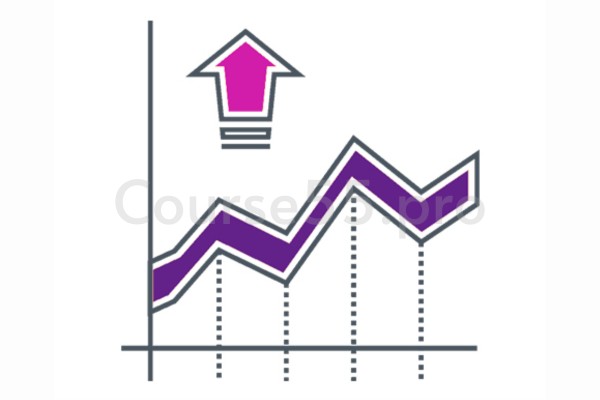 DAY TRADE (LONG & SHORT) STRATEGIES PACKAGE - The Chartist
1 × $272.00
DAY TRADE (LONG & SHORT) STRATEGIES PACKAGE - The Chartist
1 × $272.00
The Enneagram for Healing Practitioners By The Shift Network
$1,497.00 Original price was: $1,497.00.$62.00Current price is: $62.00.
SKU: C55pro. 9585eWwWVS33
Category: Download
Tags: The Enneagram for Healing Practitioners, The Shift Network
Download The Enneagram for Healing Practitioners By The Shift Network, check content proof here:
The Enneagram for Healing Professionals: A Route to Development and Knowledge
Seeking a deeper understanding and connection is crucial in the always changing field of healing and therapeutic activities. The Shift Network’s Enneagram for Healing Practitioners offers a fascinating chance to explore the complexities of personality types and how they affect the healing process. Practitioners can enhance their professional arsenal and develop a more genuine relationship with their clients by delving into the subtleties of the Enneagram.
This program strives to illuminate the pathways of personal and professional progress, emphasizing the need of self-awareness and targeted interventions. This essay will examine the main elements of this program, its uses in therapeutic settings, and the ongoing debates surrounding its scientific validity all while appreciating the potential it holds for fostering meaningful relationships in therapy.
Comprehending the Enneagram: A Healing Instrument
The Enneagram is a powerful tool that describes nine different personality types, each with its own motives, anxieties, and coping strategies. It is not just a personality test. The Enneagram offers a structural framework for comprehending the various ways people engage with the outside world and one another by classifying persons into different kinds. This model’s use in therapeutic settings is innovative and encouraging.
Practitioners in the field of healing can use the Enneagram to help them develop a more sympathetic view of their patients. By determining their own Enneagram type, for example, practitioners can better identify their emotional triggers, blind spots, and biases, opening the door to more compassionate encounters. A practitioner identifying as Type 2, known as “The Helper,” might naturally gravitate towards nurturing roles, yet may struggle with setting appropriate boundaries. Understanding this trait could illuminate patterns in their therapeutic approach, allowing for growth and refinement in their practice.
Practitioners can also use Enneagram insights to identify the types of clients they work with. In contrast to a Type 6 client, referred to as “The Loyalist,” who would demand more certainty and direction, a Type 5 client, who is frequently described as “The Investigator,” might need more room and autonomy during their healing journey. Acknowledging the various demands of personalities can improve therapeutic relationships and produce better results.
An Overview of the Enneagram Types in Comparison
Here is a comparison of the nine types to show how the Enneagram might affect healing practices:
| Type | Basic Fear | Basic Desire | Strengths | Challenges |
| Type 1: The Reformer | Being corrupt or evil | To be good, balanced, and right | Integrity, attention to detail | Judgmental, inflexible |
| Type 2: The Helper | Being unloved | To feel loved | Empathy, generosity | Overcommitting, dependency |
| Type 3: The Achiever | Being worthless | To feel valuable | Goal-oriented, efficiency | Image conscious, competitive |
| Type 4: The Individualist | Having no identity | To find themselves | Creativity, depth of feeling | Melancholy, envy |
| Type 5: The Investigator | Being useless or helpless | To be capable | Insightful, analytical | Withdrawal, detachment |
| Type 6: The Loyalist | Being without support | To have security | Loyalty, preparedness | Anxiety, indecision |
| Type 7: The Enthusiast | Being deprived | To be satisfied | Spontaneity, positivity | Impulsiveness, distraction |
| Type 8: The Challenger | Being harmed | To be self-reliant | Courage, assertiveness | Dominance, impulsiveness |
| Type 9: The Peacemaker | Loss and separation | To have inner stability and peace | Receptivity, optimism | Indecisiveness, neglecting self |
The aforementioned table makes clear how each type’s distinct traits influence how they approach mending. Healing professionals can adapt their therapy approaches to meet clients where they are by being aware of these variations, which promotes a higher degree of understanding and connection.
The Enneagram’s Effect in Therapeutic Environments
Healing professionals may have life-changing outcomes when they use the Enneagram to their work. The Shift Network’s program is designed to enable practitioners to use the Enneagram as a dynamic tool for improving client interactions as well as for self-awareness. The integration of Enneagram insights into established healing practices encourages a holistic approach that honors both practitioner and client perspectives.
The Enneagram framework’s intrinsic emphasis on empathy is one of its main benefits. Effective treatment relies heavily on empathy because it enables therapists to engage with patients on a more profound emotional level. Empathetic relationships have been linked to better therapeutic outcomes, according to research, and they help clients feel more secure and understood. By using the Enneagram as a guide, practitioners can better understand and empathize with their clients as they traverse these difficult emotional landscapes.
The Enneagram also makes it easier for practitioners and their clients to communicate clearly. In situations where clients can feel vulnerable or unsure, clarity is extremely crucial. Based on their Enneagram types, practitioners can identify and adjust to their clients’ communication methods to offer personalized feedback and reassurance, leading to more productive sessions. A Type 7 client, for example, may thrive in an atmosphere infused with enthusiasm and possibilities, while a Type 4 may appreciate a more contemplative approach.
Using the Enneagram to Strengthen Therapeutic Partnerships
Effective healing requires a strong therapeutic partnership, which is where the Enneagram excels. Practitioners who are aware of their own viewpoints and emotional landscapes have a higher chance of attracting clients. As a result, practitioners can create approaches that respect these distinctions by utilizing Enneagram insights, which will eventually strengthen relationships and promote healing.
Take the example of a practitioner who has determined the Enneagram types of both herself and their clients. By employing language and techniques that suit the client’s personality type, this practitioner may have a more genuine conversation. The Enneagram’s insights can lead to greater therapeutic outcomes in addition to strengthening the bond between the practitioner and their clients.
The Conflict Between Scientific Criticism and Real-World Use
The process of incorporating the Enneagram into therapeutic procedures is not without difficulties, though. The controversy surrounding its scientific validity is one of the main issues. The Enneagram’s typological claims are frequently criticized for lacking solid empirical backing. Although the Enneagram provides a wealth of information about human behavior, its division of personalities into merely nine kinds occasionally runs the risk of oversimplifying the complexity of each individual.
An increasing amount of psychological research emphasizes how crucial evidence-based procedures are in therapeutic contexts. Opponents contend that depending only on the Enneagram could result in clients’ needs being oversimplified or mischaracterized, which could impede the effectiveness of therapy. The challenge, then, becomes a balancing act between the practical applications of the Enneagram and its scientific critiques.
Look for Integration and Proof
Practitioners are urged to use both anecdotal experiences and research-based data when deciding whether to apply the Enneagram in their activities. Examining other literature and resources can shed light on the advantages and disadvantages of using the Enneagram in psychological frameworks. These could include in-depth analyses that assess the Enneagram’s applicability in the larger framework of holistic health practices or qualitative research that look at client outcomes when practitioners apply personality findings.
Numerous studies demonstrate the indisputable advantages of knowing personality types. For instance, a meta-analysis that was published in the Journal of Counseling Psychology emphasizes how important therapeutic engagement and communication styles are to positive results. However, these findings underscore the need for nuanced approaches that consider individual differences beyond merely categorizing them.
Possibilities for Development and Progress
The Enneagram for Healing Practitioners offers a chance for both professional and personal development, in spite of its detractors. The Enneagram encourages practitioners to develop understanding, empathy, and self-awareness traits that enhance the therapeutic process. Practitioners can construct environments that respect the complexity of the human experience by incorporating these ideas with accepted psychological practices.
Practitioners can significantly influence their healing practice by making the effort to carefully examine the Enneagram. Both practitioners and clients gain from the trip, which begins with introspection and grows outside.
In conclusion
To sum up, The Shift Network’s Enneagram for Healing Practitioners offers a fascinating and useful method for improving therapeutic approaches. The potential advantages of improved empathy, communication, and understanding in therapeutic settings cannot be disregarded, even though its scientific validity may still be up for debate. Practitioners can build stronger relationships with their clients and facilitate meaningful healing journeys by using the Enneagram as a tool for both professional and personal development. In addition to respecting each person’s uniqueness, this holistic approach encourages ongoing development and research in the field of healing techniques. Using the Enneagram could be a crucial component of a successful therapy regimen as the field of healing continues to change.

Frequently Asked Questions:
Business Model Innovation:
Embrace the concept of a legitimate business! Our strategy revolves around organizing group buys where participants collectively share the costs. The pooled funds are used to purchase popular courses, which we then offer to individuals with limited financial resources. While the authors of these courses might have concerns, our clients appreciate the affordability and accessibility we provide.
The Legal Landscape:
The legality of our activities is a gray area. Although we don’t have explicit permission from the course authors to resell the material, there’s a technical nuance involved. The course authors did not outline specific restrictions on resale when the courses were purchased. This legal nuance presents both an opportunity for us and a benefit for those seeking affordable access.
Quality Assurance: Addressing the Core Issue
When it comes to quality, purchasing a course directly from the sale page ensures that all materials and resources are identical to those obtained through traditional channels.
However, we set ourselves apart by offering more than just personal research and resale. It’s important to understand that we are not the official providers of these courses, which means that certain premium services are not included in our offering:
- There are no scheduled coaching calls or sessions with the author.
- Access to the author’s private Facebook group or web portal is not available.
- Membership in the author’s private forum is not included.
- There is no direct email support from the author or their team.
We operate independently with the aim of making courses more affordable by excluding the additional services offered through official channels. We greatly appreciate your understanding of our unique approach.
Be the first to review “The Enneagram for Healing Practitioners By The Shift Network” Cancel reply
You must be logged in to post a review.


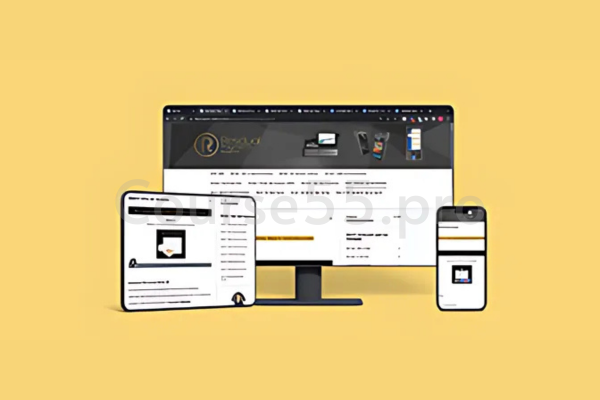
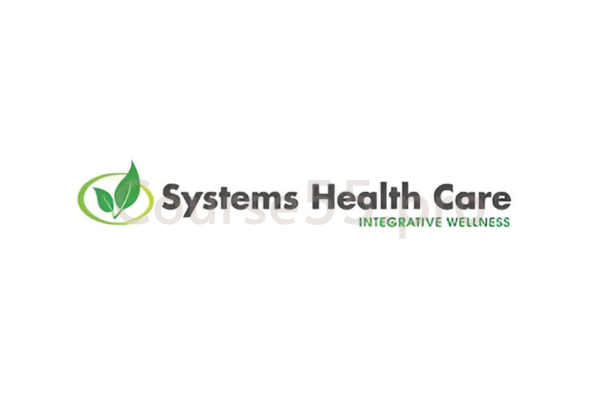
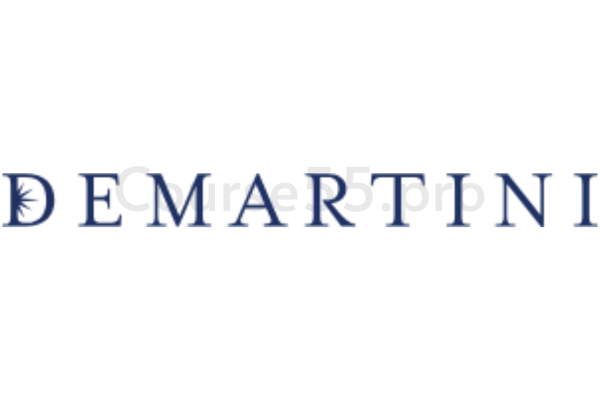
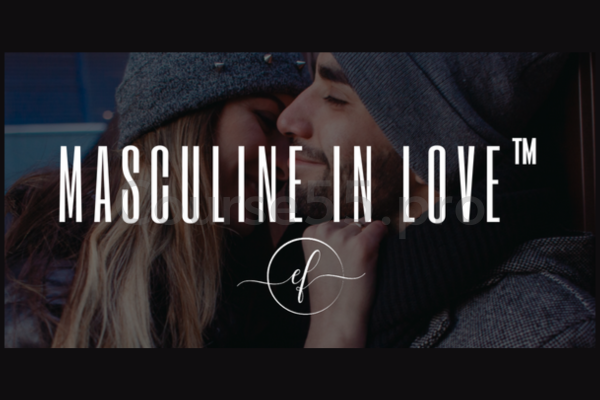
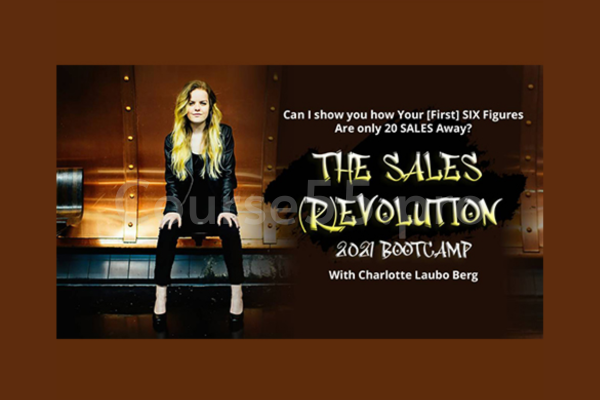
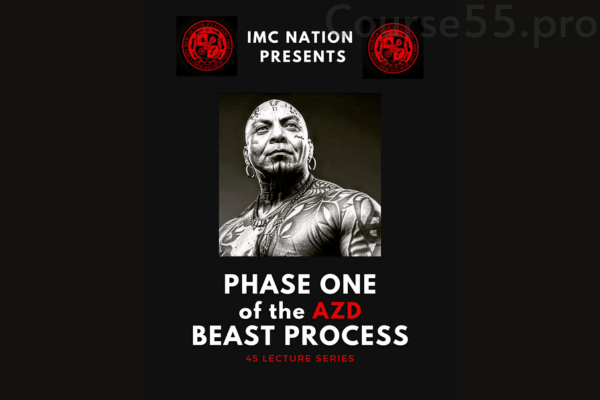



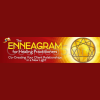
Reviews
There are no reviews yet.